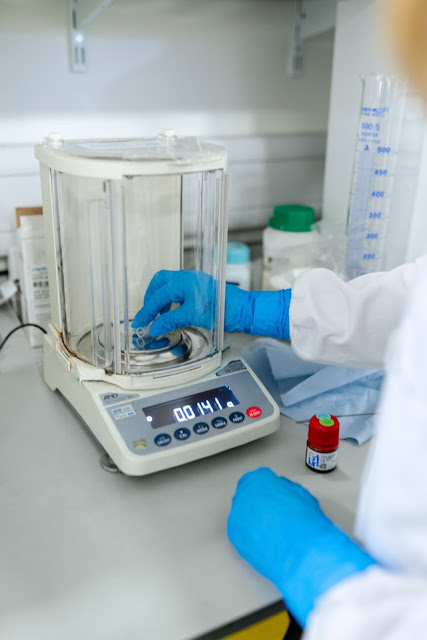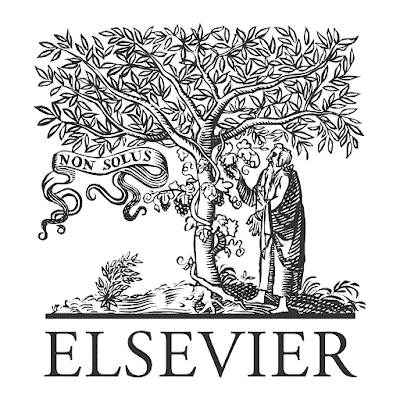Data analysis Part 12: Correlation and its application
Correlation and its application
In previous articles we have seen that,
Variance is a parameter in statistics that measures variation of a single random variable.
In comparison, covariance (co-variance) measures how two independent random variables vary together.
Covariance measures directional relationship between two independent random variables.
In this article we shall discuss about 'Correlation'
Unlike Covariance, Correlation represents not only direction but also Strength of the relationship between two independent random variables.
Formula
Correlation (ρ)
`ρ(X,Y)=\frac{Cov(X,Y)}{\sigma_x.\sigma_Y}`
σ = Standard deviation of variable x
Since we are dividing covariance by Standard deviation, correlation represent both direction as well as strength of relationship between two independent variables.
Range of value
-1 ≤ Correlation coefficient (r) ≤ +1
r = Pearson's correlation coefficient
Table 1: Interpretation of Pearson correlation coefficient value (r).
Correlation Coefficient Value (r) Direction and Strength of Correlation 0
No association
±0.2
Weak
±0.5
Moderate
±0.8
Strong
±1
Perfect
0
No association
±0.2
Weak
±0.5
Moderate
±0.8
Strong
±1
Perfect
Example 1: Effect of temperature on ice cream sale
Table.2
| Temperature (oC) | Ice cream sale/ day |
|---|---|
| 35 | 520 |
| 37 | 600 |
| 45 | 760 |
| 49 | 850 |
| 43 | 650 |
| 39 | 610 |
| 46 | 830 |
Correlation coefficient = 0.962
As it can be seen from above Correlation coefficient that, sales of ice cream and temperature of a place are strongly linked to each other (Table.1).
Example 2: Effect of USA stock market on Indian stock market
Table.3
| Year | Dow Jones | Sensex |
|---|---|---|
| 2011 | 2.74 | -15.67 |
| 2012 | 3.73 | 12.99 |
| 2013 | 19.6 | 6.41 |
| 2014 | 13.53 | 34.05 |
| 2015 | 1.52 | -10.5 |
| 2016 | 20.02 | 7.06 |
| 2017 | 24.44 | 23.14 |
| 2018 | -10.79 | 0.29 |
| 2019 | 14.16 | 13.78 |
| 2020 | 6.7 | 12.14 |
Correlation coefficient = 0.532
As it can be seen from above Correlation coefficient that, US Dow Jones and Indian Sensex are not strongly linked, rather the relationship is pretty moderate/ weak (Table.1).
Correlation coefficient of of 0.532 means 53.2% of the variance in one variable (US Dow Jones) is accounted for by the second variable and vice versa (Indian Sensex).
Reference
All references are hyperlinked in the text.













Comments
Post a Comment